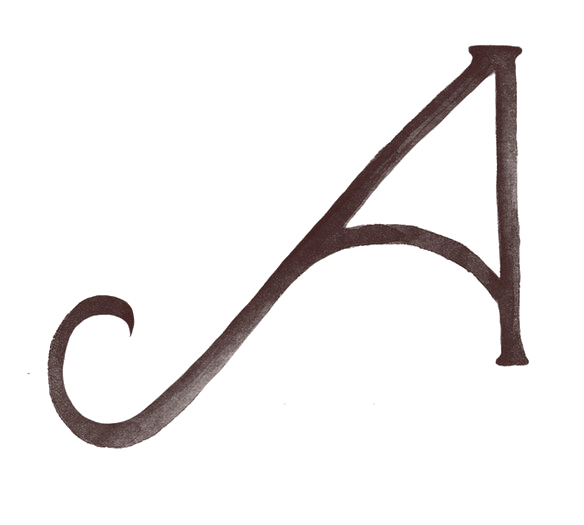Engaging senses in factual writing
Have you ever read something factual so well written that made you sit back and close your eyes so that you could lose yourself in the vision it creates?
I have, and I always question how the writer did it. It is usually a blend of colour and movement, light and shade; often it plucks at our senses bringing them to life and allowing us to see, hear, smell, touch and taste.
It is rarely about the adjectives – they are often lazy and passive. Consider this: “I walked along the market street and took it all in. The first stall was stacked with large, shiny red apples and fresh green pears. The second interested me even more. It displayed silver and gold jewellery each piece holding a beautiful, shiny red, blue or green stone. The third stall was messy in a good way. A man was calling out about his stall. The jumpers and cardigans he was selling were jumbled up and it was hard to find the right size, but with all the beautiful colours, and textures, it was fun to try."
This might be a very accurate way to describe the truth of that market, but it does little more than list facts. Now consider this: "The market draws me in – its castles of apples and pears speak of crispness, of juice bursting out with the first bite. My eye is drawn to the next stall where gold and silver shimmers and gleams. Gemstones recalling the fire of rubies and ocean blues, and deep, dark greens glisten. A voice made of pure gravel spruiks the tangle of jumpers and cardigans on the next stall. Soft, shaggy, knobbly. Brights, pastels and everything between. I’m in Heaven."
The writer in the second example tells you far more than the first. (What does ‘beautiful colours’ mean – bright, dark, pastel? Beautiful says nothing). By using words like ‘crisp’ ‘juice bursting’, ‘soft, shaggy,’ etc. the writer has engaged your sense of touch, taste. ‘The fire of rubies,’ etc. and verbs such as ‘glisten’, ‘shimmer’. Deep, dark, fire are visual cues that help the reader to ‘see’ the scene.
The best writers chant the mantra, ‘Show, don’t tell’. The first writer above is simply telling, and not telling all that much while using 97 words to do it. The second writer is inviting you into the scene, saying, ‘Look, touch, taste’. By using the words ‘draw me in’ at the very beginning, the writer engages readers and draws them along (in just 79 words).
Eschew dry writing and reading. Dive into ‘wet’ facts and enjoy the experience.
May your words pour onto the page,

